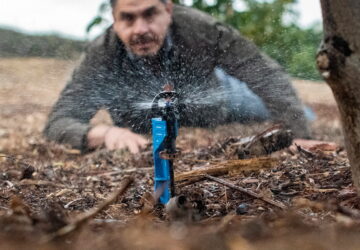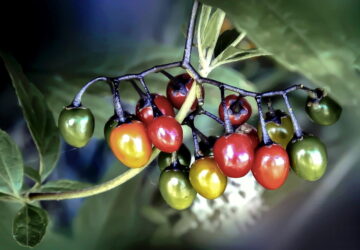If you’re looking for a low-maintenance plant that can add a splash of color to your balcony, look no further than the common red bottlebrush. This Australian native is well suited for container gardening and produces striking red flowers that attract pollinators like bees and butterflies.
Origin and Appearance
Melaleuca citrina is a species of flowering plant in the myrtle family, Myrtaceae. It is a beautiful and hardy evergreen shrub native to Australia and is commonly known as the common red bottlebrush (crimson bottlebrush or lemon bottlebrush) due to its unique cylindrical flower spikes that resemble the shape of a bottle brush, and its striking red flowers that bloom throughout the year. The plant typically grows up to 3 meters (10 feet) in height, but can be pruned to a smaller size for container gardening.

The leaves of the common red bottlebrush are small and thin, with a narrow shape and pointed tip. The flowers appear in spring and summer, and are composed of clusters of long, thin filaments that give them their distinctive bottlebrush shape. The flowers are typically bright red, although they can also be pink or yellow depending on the cultivar.
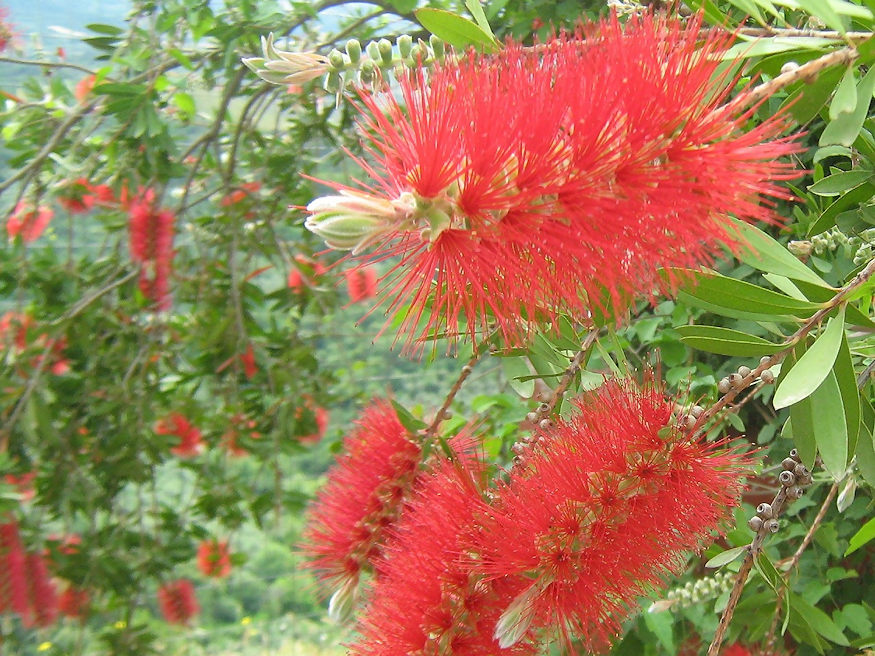
Care
The common red bottlebrush is a hardy plant that can tolerate a wide range of growing conditions, making it an excellent choice for beginner balcony gardeners. It is well adapted to hot, dry climates. It can tolerate some frost, but prolonged exposure to freezing temperatures can damage the plant. Here are some tips on how to care for this plant:
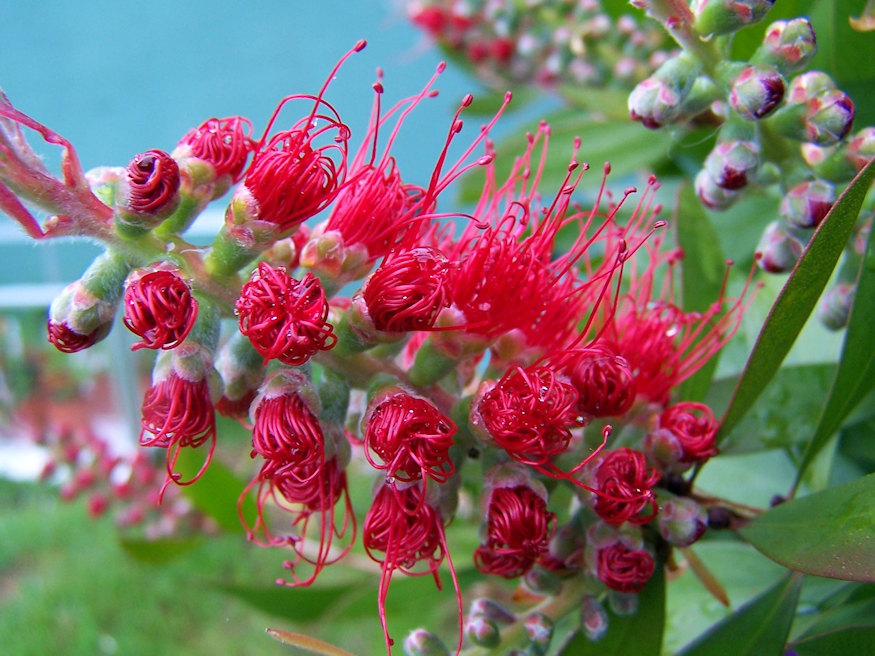
Sunlight: The plant needs full sunlight exposure to grow and bloom well. It can tolerate partial shade but may not bloom as profusely. Make sure your balcony receives at least 6 hours of sunlight per day.
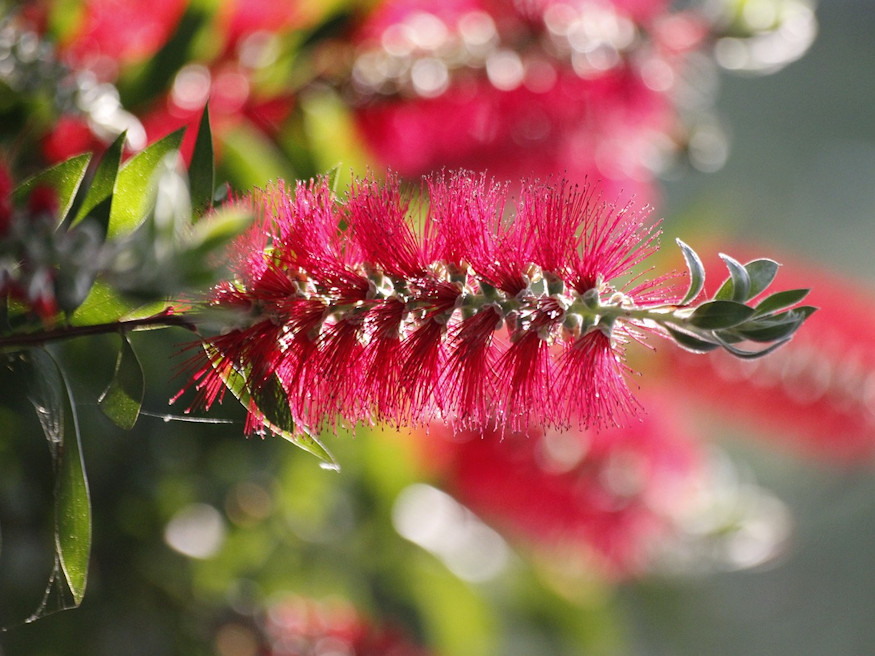
Soil: The plant can grow in a wide range of soil types, but prefers well-draining soil with a slightly acidic to neutral pH (6.0-7.5). You can use a commercial potting mix for container gardening.
Watering: The plant prefers moist soil but is also drought tolerant. Water it deeply and regularly, but make sure the soil is well-drained to prevent waterlogging. Allow the top inch of soil to dry out before watering it again.

Fertilizer: The plant can benefit from regular fertilization during the growing season (spring and summer). Use a balanced fertilizer with a higher nitrogen content.
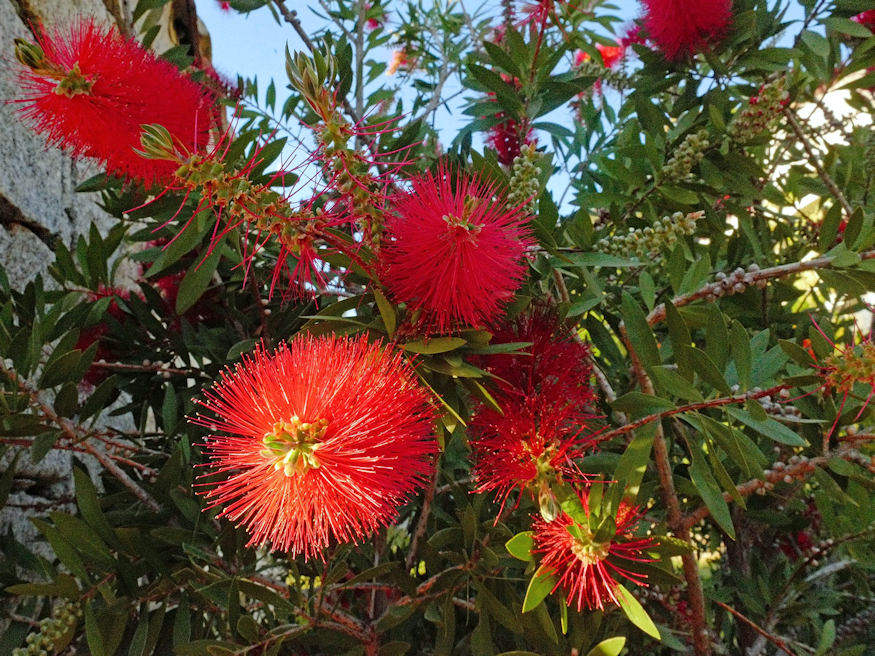
Pruning: The best time to prune the plant is after it has finished flowering. Typically, the plant flowers in the spring and summer, so the ideal time to prune it would be in late summer or early fall. Pruning at this time will allow the plant to produce new growth before it goes dormant in the winter.
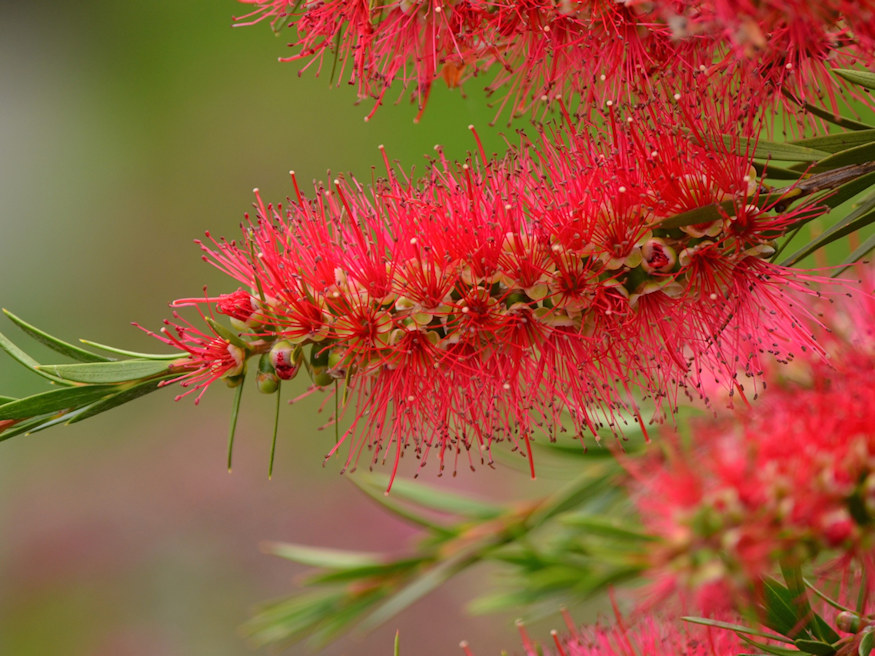
When pruning, you can remove any dead or damaged branches and shape the plant as desired. It’s important not to prune too heavily, as this can stress the plant and reduce its ability to flower the following year. A light pruning, removing only the tips of the branches, is usually sufficient.
If you need to reduce the size of the plant, it’s best to do so gradually over a period of a few years. This will allow the plant to adjust to the changes without being overly stressed.
Remember to use sharp, clean pruning tools and to sanitize them between cuts to avoid spreading diseases.
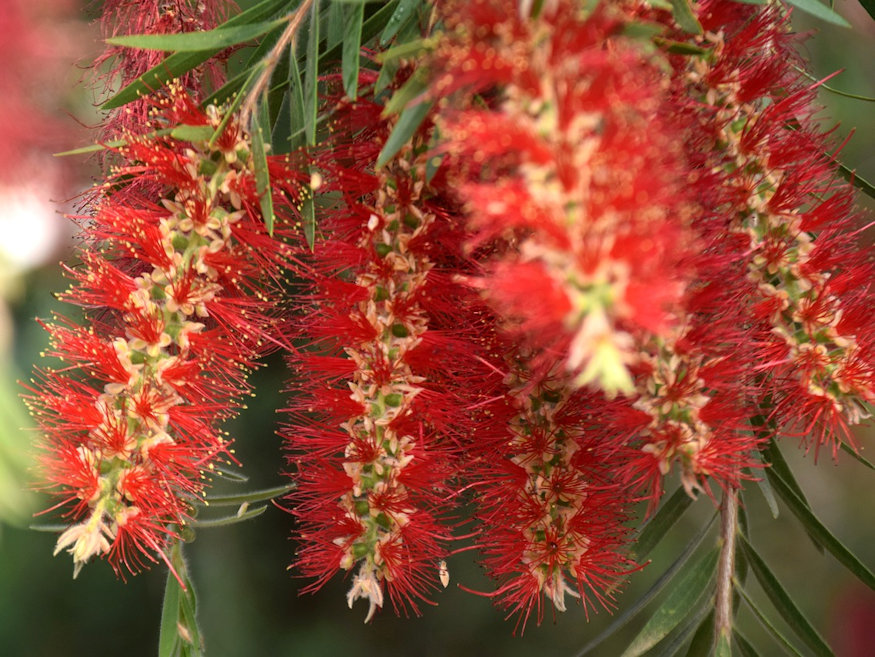
Why It’s a Good Choice
The common red bottlebrush is a great choice for beginner balcony gardeners for several reasons:
- It’s hardy and easy to care for, making it a low-maintenance plant.
- Its striking red flowers add a pop of color to your balcony and attract pollinators like bees and butterflies.
- It can be grown in a container, making it ideal for balcony gardening.
- It can be pruned to a smaller size, allowing you to control its growth and shape.
We hope the above helps you decide if the common red bottlebrush is the right plant for you! With proper care, it can thrive in a balcony garden and add a pop of color to your outdoor space.

